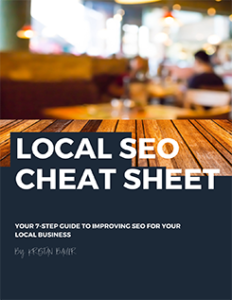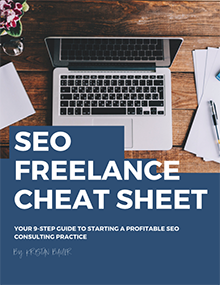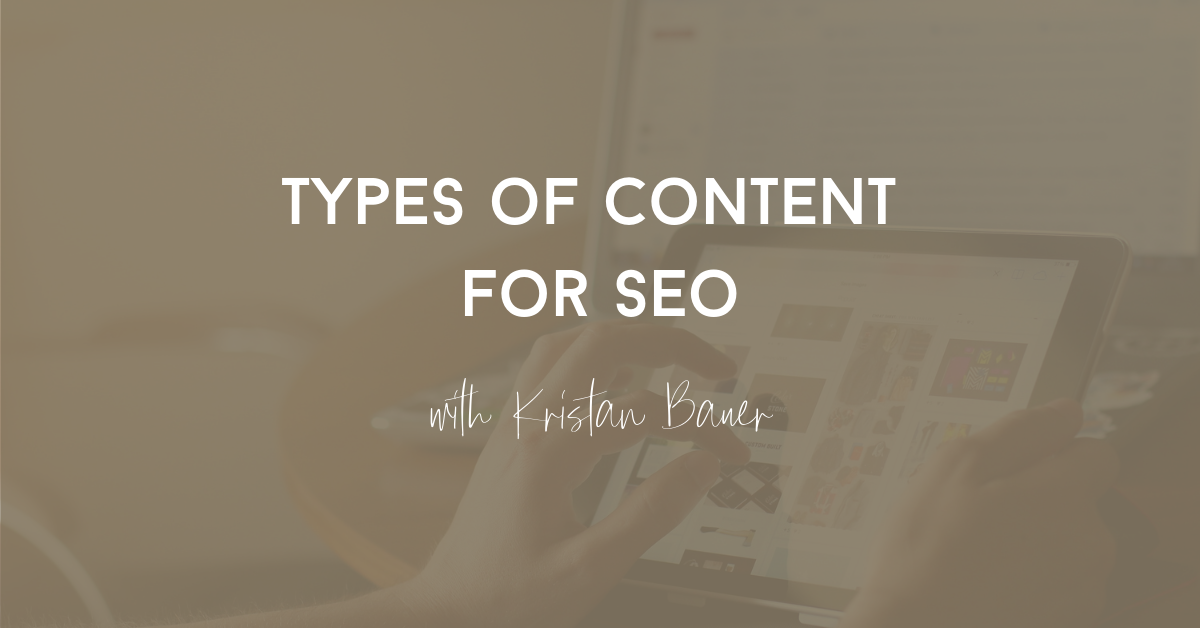
What Are the Different Content Types?
Hard to believe the coined phrase “Content Is King” has been around since 1996. Content is fundamental to SEO success. Yet the definition of “content” is incredibly wide, and not all content is created equal. So, what are the different content types and why are they important?
The most common type of content is written content, but content can take many forms, from videos and webinars to tweets and infographics to blog posts and press releases to white papers and podcasts.
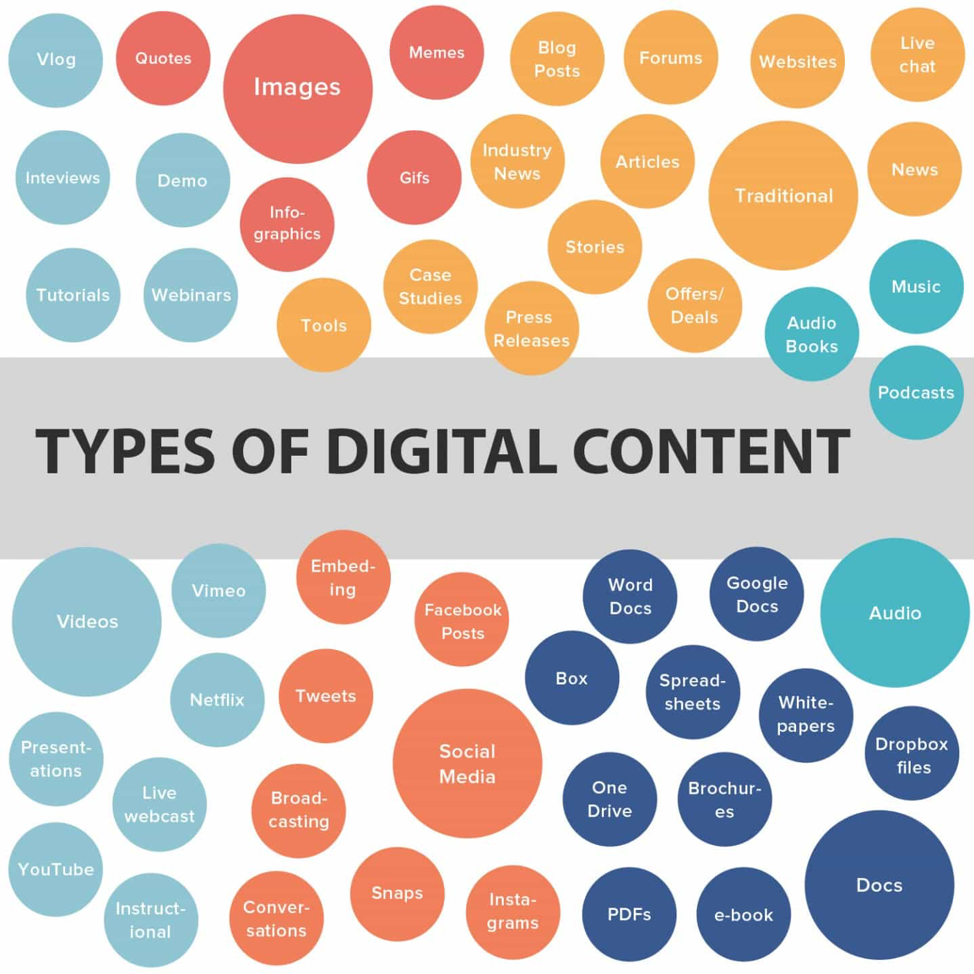 Source: searchenginejournal.com
Source: searchenginejournal.com
Once you decide on what content topics you want to create, then you can decide what kind of content to create. Different types of content can help you connect with different customers in a number of ways. In many cases, a variety of content types is ideal for reaching and connecting with users at different points of the digital sales funnel.
Here’s a look at five different content types and their use cases for brands and businesses, including:
- Basic content
- Editorial blog content
- Rich media content
- E-commerce content
- User-generated content
1. Basic Content
Visitors to your website shouldn’t have to do any work to figure out what it is that you do. That means clearly stating your company’s name and summing up your products or services right on the homepage. Clear links to the most important pages and an organized site architecture — site organization, layout, and navigation — can also aid in making your content discoverable to search engines and users once they land on the site.
2. Editorial Blog Content
For many brands, editorial blog content makes up the central part of their content marketing strategy — and for good reason: Blog posts are not only an effective way to answer questions your audience is asking and provide insight into complex topics, but they’re also a great way for your brand to develop its voice and refine its position as a leader in your industry.
Although industry studies have shown that there is a high correlation between long
content and higher rankings, your blog posts will vary depending on the depth of information provided.
For example, you might write an authoritative blog post one week. The next week, you might blog about breaking news or other updates that others in your industry aren’t covering. And once a month, you might publish a roundup of the best content you have seen in your industry with a paragraph or more of content describing the highlights of each post.
Regardless of the topics your blogs are covering, there are a few rules of thumb to follow when creating editorial blog content: Post regularly. Incorporate target keywords naturally within article copy. Add internal and external links as relevant throughout your content. Set a minimum word count for blog articles between 400 and 600 words, and adjust based on competition or content topic.
3. Rich Media Content
Rich media content includes videos, infographics, interactive visuals, or other elements that encourage viewers to interact and engage with the content. Although this type of content is often more resource intensive (and costly) to produce, it can be more effective. Four times as many consumers would prefer to watch a video about a product than to read about it, and infographics are “liked” and shared on social media three times more than other any other type of content. That’s because rich media content allows you to pack a ton of information into one image or video in a way that is visually interesting and easily digestible.
4. E-commerce Content
If you’re an e-commerce retailer, you need more than a picture and description to sell products. To sell more, you need to engage more. One of the best ways to do that is through e-commerce content. E-commerce content includes everything from product copy and case studies to how-to guides and buying guides.
For example, REI sorts its products by type of outing and includes expert advice, checklists, and how-tos on each product as a resource in the drop-down menu so you’re learning as you buy.
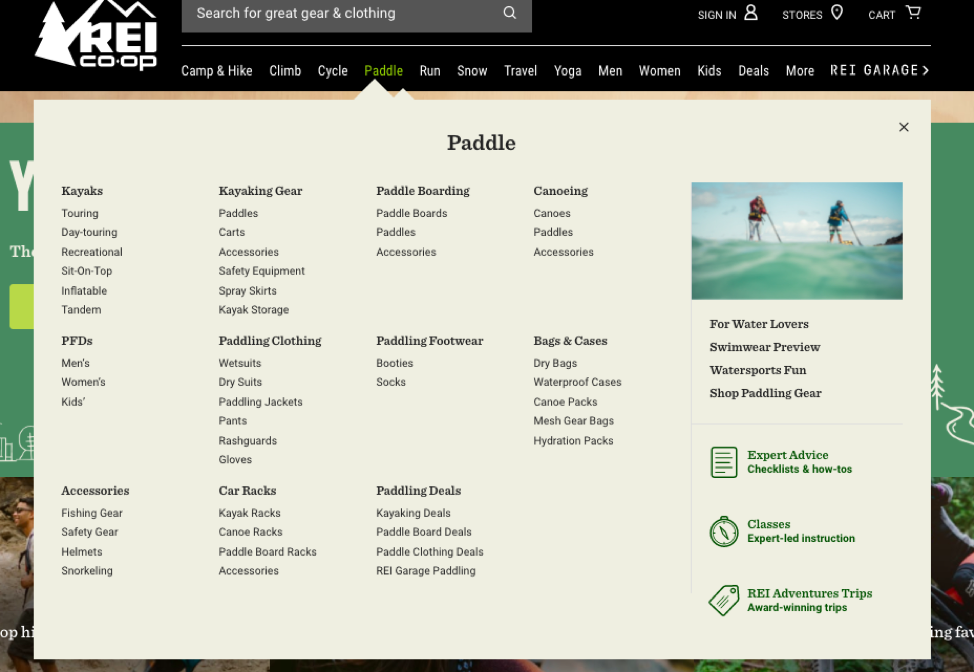 Source: rei.com
Source: rei.com
Buying guides are great for e-commerce sites because they attract new shoppers looking for information, establish your brand as the authority on the topic and push shoppers further along the sales funnel.
For example, Best Buy offers buying guides to make technology easier to understand and help potential customers find the right product.
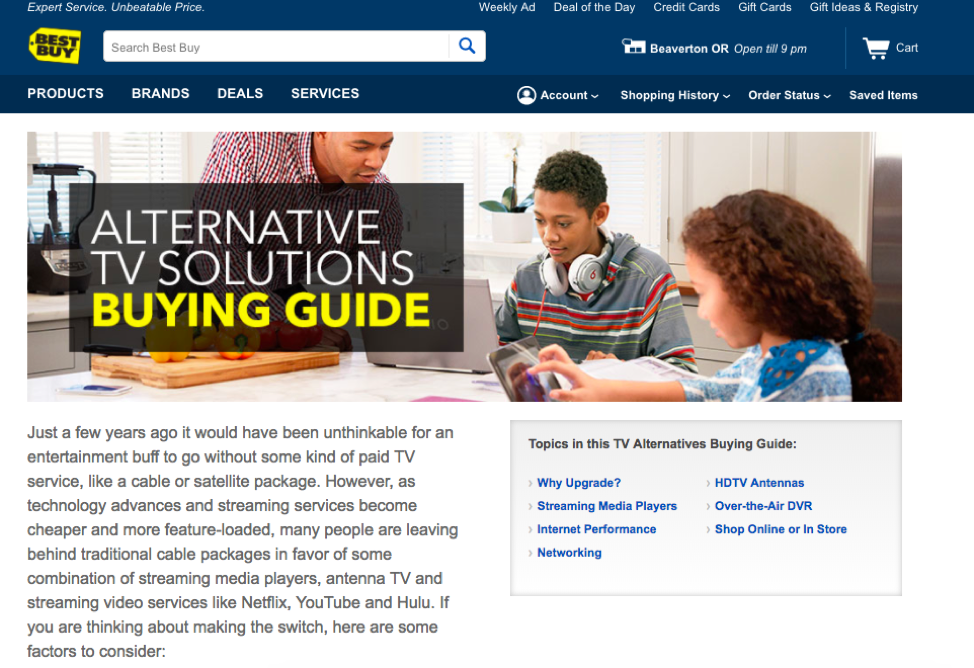 Source: bestbuy.com
Source: bestbuy.com
5. User-generated Content
Another way to increase traffic and conversions is with user-generated content (UGC). Returning customers can contribute to relevant, useful content through UGC, such as reviews, guest contributions, and crowdsourced information.
To build a community of loyal brand advocates, you can start by asking for reviews and testimonials. Because reviews are in the authentic voice of your customer, potential customers can see what others are in love with, and that goes a long way toward promoting a conversion.
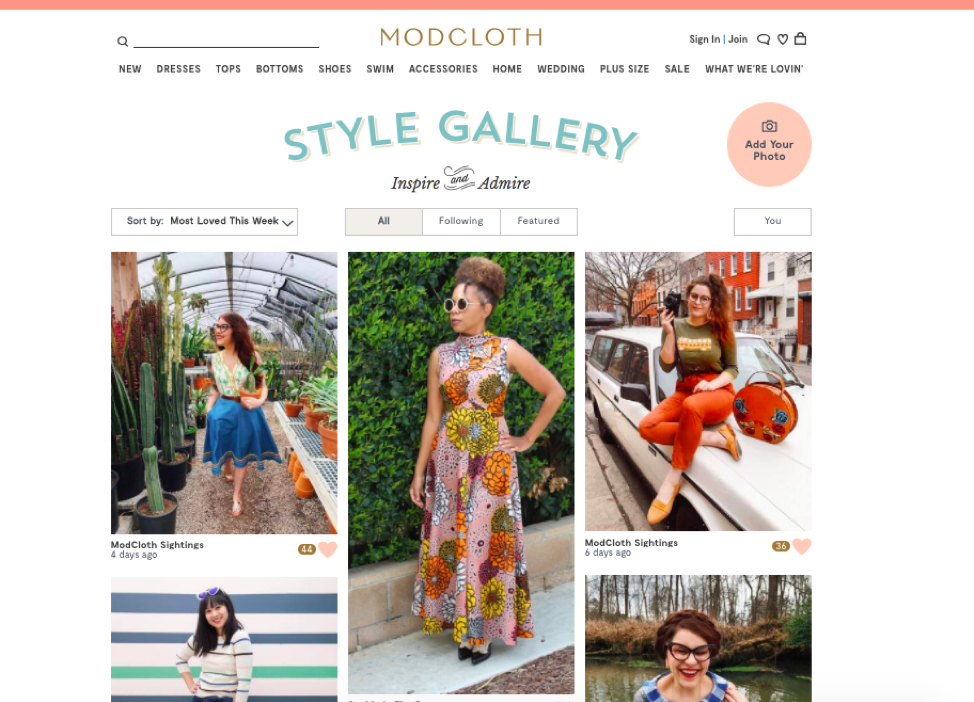 Source: modcloth.com
Source: modcloth.com
Guest blogs and crowdsourced content also engage your influencers and can exponentially grow your audience. However, neither are especially easy. It takes several hours to put together effective crowdsourced content or nail down a recognized industry authority to contribute to your blog.
Conclusion
When it comes to deciding what kind of content to develop, consider your resources, your audience, and your competition. This will help inform the different content types to incorporate into your content strategy.
Regardless of what medium of content you create — basic content, editorial blog content, rich media content, e-commerce content or user-generated content — the key is to make sure you create a great user experience.
Kristan is an independent consultant with 15 years of experience in the SEO industry. Kristan previously founded the award-winning SEO agency Conifr. She’s worked in agency and in-house SEO leadership positions, most notably as the SEO Director at Zillow Group, overseeing a channel that received over one billion web visitors a year. Kristan is a freelance SEO consultant who built and sold a seven-figure agency and now enjoys helping others develop their freelance business.






